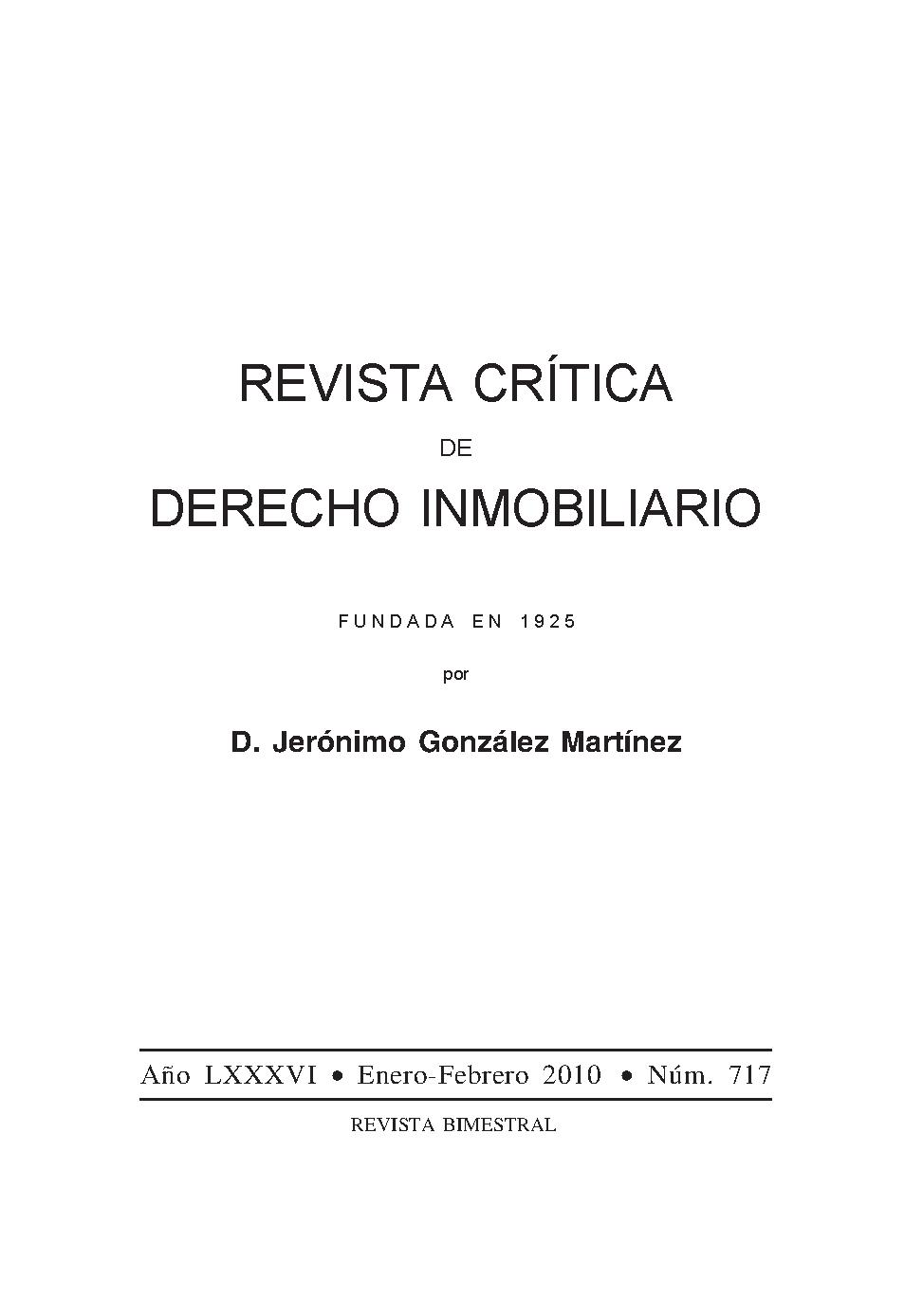LA GARANTÍA LEGAL EN LA ADQUISICIÓN DE BIENES DE CONSUMO.
Keywords:
OBLIGATION TO MAKE GOOD HIDDEN DEFECTS, CONSUMER PROTECTIONAbstract
It may not be ideal, but there are today two parallel procedures for getting hidden defects made good. One is applicable when the seller is a businessperson and the buyer is a consumer; this exists since Directive 1999/44 was transposed. The other is for all other cases. The differences between the recently created first procedure and the second are looked at in this article. The new features and strides forward contributed by the new procedure and the practical difficulties that have been detected in the procedure's application over the last few years are analyzed. The novelty of the concept of "approval" is cast in a relative light, and the consequences ensuing upon lack of approval are studied, focusing on repair and replacement, whereas they do not exist as solutions in the general procedure for making good hidden defects. The general procedure defines how a consumer can take action against the maker and what scope that action can have









